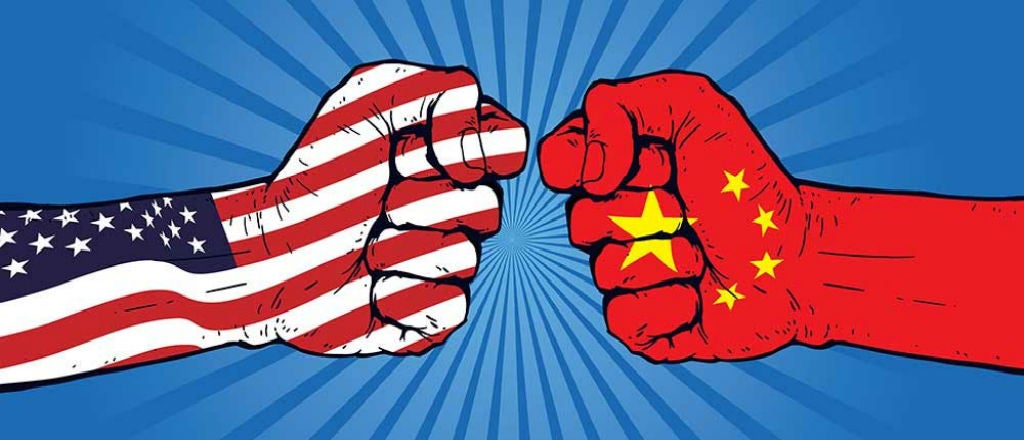
Winston Churchill (1874-1965), one of the first statesmen to announce the beginning of the Cold War, declared in his famous speech of March 1946: “From Stettin in the Baltic to Trieste in the Adriatic, an iron curtain has descended across the Continent.”
Another speech, delivered last November by former U.S. Treasury Secretary Henry Paulson, may also have captured a defining moment in history.
Paulson spoke of “the prospect of Economic Iron Curtain” coming down between the United States and China.
The U.S. business community is accusing Chinese enterprises of technology theft. And with anti-China sentiments flaring up in the political community as well, tensions are rising.
Seen from a long-term perspective, Paulson warned, this pattern of confrontation will damage the U.S. economy.
Unfortunately, his apprehension is being justified.
Washington has started raising tariffs on Chinese imports, and banned American companies from selling components to Huawei Technologies Co., China’s top telecom equipment maker.
This “starvation tactic,” so to speak, is motivated by America’s fear that China’s dominance over the telecom technology industry would pose a grave security threat. With the U.S. armed forces and weapons systems now locked into the telecom network, China could tap into U.S. military intelligence.
U.S. President Donald Trump has already shattered the nation’s traditional approach to diplomacy. However, where the current frictions with China are concerned, the unfolding developments cannot be blamed on Trump alone.
America’s hard-line China policy is now being advocated across party lines, as evidenced by this tweet, addressed to Trump, by a senior Democratic Party official: “Don’t back down. Strength is the only way to win with China.”
The latest issue of The Economist summed up the U.S.-China confrontation as “a new kind of Cold War.”
The magazine pointed out that trade between the United States and the former Soviet Union was worth $2 billion (220.29 billion yen) a year, and current U.S.-China trade is $2 billion a day.
The comparison indicates how inextricably the United States and China are bound to each other in trade today. It also shows the utter folly of an all-out trade war.

Leave a Reply
You must be logged in to post a comment.